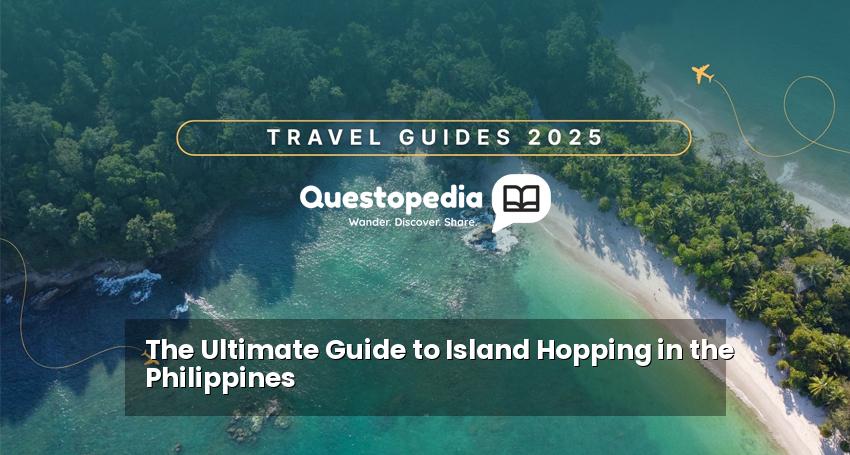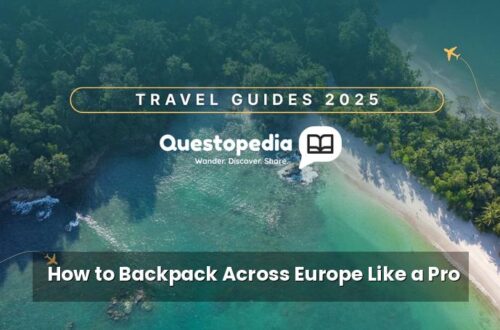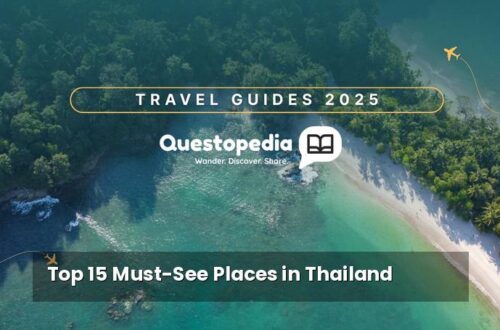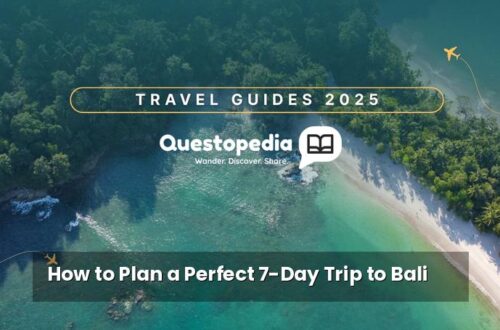The Ultimate Guide to Island Hopping in the Philippines
The Philippines, an archipelago of over 7,000 islands, offers a breathtaking tapestry of natural beauty, vibrant culture, and unforgettable adventures. For many travelers, the best way to experience this diverse nation is through island hopping. This guide provides you with everything you need to plan your perfect Philippine island hopping adventure, from choosing your destinations to booking your tours and making the most of your time in paradise.
Why Choose Island Hopping in the Philippines?
Island hopping in the Philippines isn’t just a vacation; it’s an experience. Imagine yourself snorkeling in crystal-clear waters teeming with colorful coral reefs, relaxing on pristine white-sand beaches, exploring hidden lagoons, and indulging in delicious local cuisine. Here’s why island hopping is a must-do:
- Unparalleled Biodiversity: The Philippines is part of the Coral Triangle, boasting some of the highest marine biodiversity on Earth. Expect to see diverse marine life and stunning coral formations.
- Variety of Landscapes: From the dramatic limestone cliffs of El Nido to the Chocolate Hills of Bohol, each island offers a unique and captivating landscape.
- Cultural Immersion: Experience the warmth and hospitality of the Filipino people, learn about local traditions, and sample the diverse flavors of Philippine cuisine.
- Affordable Travel: Compared to other tropical destinations, the Philippines offers excellent value for money, especially when it comes to accommodation, food, and transportation.
Popular Island Hopping Destinations
Choosing where to go can be overwhelming. Here’s a breakdown of some of the most popular island hopping destinations, each offering a distinct experience:
El Nido, Palawan: The Limestone Paradise
El Nido is famous for its dramatic limestone cliffs, hidden lagoons, and pristine beaches. Island hopping tours A, B, C, and D are the standard, each showcasing different aspects of this stunning area. Expect to see Secret Lagoon, Big Lagoon, Small Lagoon, Shimizu Island, and Helicopter Island, among others. Make sure to book your tours in advance, especially during peak season.
Coron, Palawan: Shipwrecks and Volcanic Lakes
Coron is a diver’s paradise, known for its well-preserved WWII shipwrecks and stunning volcanic lakes like Kayangan Lake and Barracuda Lake. Island hopping tours often include stops at these iconic landmarks, as well as Twin Lagoon and Siete Pecados Marine Park, offering excellent snorkeling opportunities. This is a must visit in the Philippines.
Bohol and Panglao: Chocolate Hills and Tarsiers
Bohol is famous for the Chocolate Hills, a geological formation of over 1,200 hills that turn chocolate brown during the dry season. Panglao, connected to Bohol by bridges, boasts stunning beaches like Alona Beach and offers fantastic diving and snorkeling. Island hopping tours from Panglao often visit Balicasag Island (a marine sanctuary) and Virgin Island (a sandbar that appears during low tide). Consider adding a trip to see the adorable Philippine Tarsier, one of the world’s smallest primates. Read more about island hopping in Questopedia.
Siargao: The Surfing Capital
Siargao is known as the surfing capital of the Philippines, but it also offers fantastic island hopping opportunities. The most popular tour includes visits to Naked Island, Daku Island, and Guyam Island, each offering a unique beach experience. Cloud 9 is the most famous surf spot.
Cebu: A Hub for Adventure
Cebu is a major transportation hub, making it a convenient starting point for island hopping adventures. From Cebu, you can easily access nearby islands like Malapascua (known for thresher sharks), Moalboal (famous for its sardine run), and Bantayan Island (offering pristine beaches and a laid-back atmosphere). Check out our homepage for more info on Cebu.
Planning Your Island Hopping Trip
A successful island hopping trip requires careful planning. Here’s what you need to consider:
Choosing the Right Time to Go
The best time to visit the Philippines is during the dry season, from November to May. During this time, you can expect sunny skies, calm seas, and lower humidity. Avoid the rainy season (June to October), as typhoons can disrupt travel plans.
Booking Flights and Accommodation
Book your flights and accommodation in advance, especially during peak season. Domestic airlines like Philippine Airlines, Cebu Pacific, and AirAsia offer frequent flights between major cities and tourist destinations. Consider a mix of hotels, guesthouses, and hostels to suit your budget and travel style.
Arranging Island Hopping Tours
You can book island hopping tours through your hotel, a local travel agency, or online. Compare prices and read reviews before making a booking. Consider a private tour if you want more flexibility and personalized attention. Always confirm what is included in the tour (e.g., lunch, snorkeling gear, entrance fees).
Packing Essentials
Pack light but smart. Essentials include:
- Swimsuits
- Sunscreen (high SPF)
- Sunglasses
- Hat
- Reef-safe sunscreen (important for protecting the coral reefs)
- Light clothing (quick-drying fabrics are ideal)
- Sandals or flip-flops
- Water shoes (for rocky beaches)
- Insect repellent
- Dry bag (to protect your electronics)
- Travel adapter (for Philippine outlets)
Staying Safe and Healthy
The Philippines is generally a safe country for tourists, but it’s important to be aware of your surroundings and take precautions. Here are some tips:
- Drink bottled water.
- Be aware of your belongings in crowded areas.
- Negotiate prices before taking a tricycle or taxi.
- Avoid walking alone at night in poorly lit areas.
- Consult your doctor about necessary vaccinations and medications.
- Have travel insurance.
Making the Most of Your Island Hopping Experience
To truly savor your Philippine island hopping adventure, consider these tips:
- Learn some basic Tagalog phrases: Knowing a few basic phrases will enhance your interactions with locals and show respect for their culture.
- Try the local cuisine: Filipino food is a delicious blend of flavors. Don’t be afraid to try local specialties like adobo, sinigang, and lechon.
- Respect the environment: Avoid touching coral reefs, dispose of your trash properly, and use reef-safe sunscreen.
- Be open to new experiences: Embrace the unexpected and be willing to step outside of your comfort zone.
- Disconnect to reconnect: While staying connected is important, allow yourself to disconnect from technology and fully immerse yourself in the beauty of your surroundings.
Conclusion
Island hopping in the Philippines is an unforgettable experience that will leave you with lasting memories. With its stunning landscapes, diverse marine life, and warm hospitality, the Philippines offers something for every traveler. By following this guide, you can plan your perfect island hopping adventure and create memories that will last a lifetime. So, pack your bags, book your flights, and prepare to discover the beauty of the Philippine islands!






